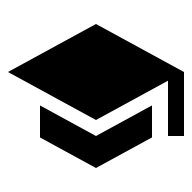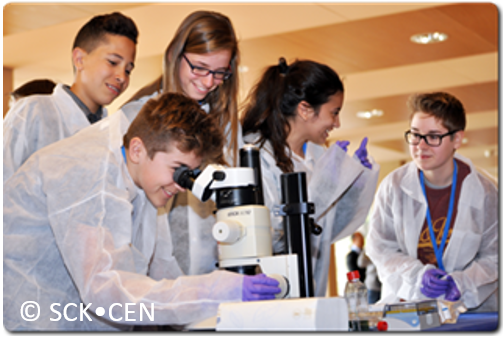Implementation of Novel Anti-Biofilm Technologies

Category
Ph D Defense
Date
2025-05-16 17:00
Venue
KU Leuven, Leercentrum AGORA, Aula Emma Vorlat, 00.E20 - Edward Van Evenstraat 4
3000 Leuven, België
3000 Leuven, België
Promovendus/a: Mathieu Joos
Promotor(en): Prof. dr. Hans Steenackers, Prof. dr. ir. Wim Thielemans, Dr. Thijs Vackier
Bacteria are microscopically small entities that can be found virtually everywhere. Not unlike humans, they prefer the presence of other bacteria and form complex communities. These communities are surrounded by a self-produced slime layer. In scientific terms, this is called a population in a biofilm. This slime layer is known to protect these bacteria from various dangers, such as antibiotics. Even worse, this can help the bacteria become resistant to antibiotics. For this reason, scientists have researched alternative treatments to combat the bacteria.Here, we discuss the use of ‘anti-virulence strategies’ and more specifically ‘biofilm-inhibition’. In other words, we used a drug we called the 2-amino-imidazoles (2-AI) to stop the bacteria from producing this protective slime layer. We applied this 2-AI drug in three ways. First, we evaluated its activity in the lab and found that it inhibits biofilm formation of two important pathogens. However, we also found that long-term treatment resulted in resistance against a side-effect of the inhibitor but not against the main anti-biofilm activity of the 2-AI inhibitor. In a second application, we attached the 2-AI drug to an implant and used it to evaluate whether inhibiting this protective slime layer in animals could remove the infection and improve the activity of antibiotics. Unfortunately, we did not find indications that this could be the case. Preventing the formation of this protective slime layer or treatment of this slime layer did not remove the infection inside the rabbits. Finally, the 2-AI drug was used in a third application: a hydrogel. A hydrogel is a gel that consists of a lot of water, such as Flamigel. We used a hydrogel made of a compound (glycyrrhizinic acid) isolated from the licorice plant to carry the 2-AI drug. This hydrogel was found to be better at killing bacteria when it was more acidic. Unfortunately, this activity was lost when treating infected rabbits and the presence of the 2-AI drug did not improve its activity. Surprisingly, we did find that this hydrogel did improve the healing of the rabbit bone.
All Dates
- 2025-05-16 17:00
Powered by iCagenda





